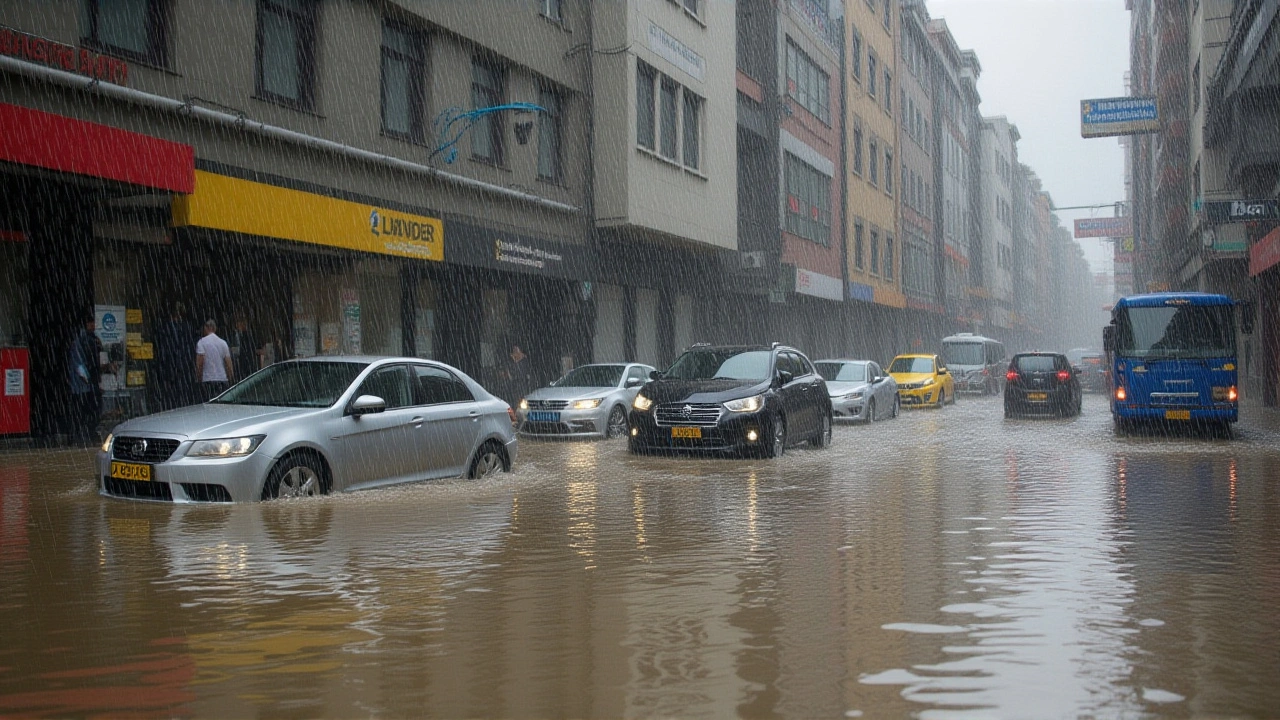Kenya heavy rains: Impact, response, and what’s next
When Kenya heavy rains, intense seasonal downpours that regularly overwhelm drainage systems and trigger widespread flooding across the country hit, life doesn’t pause—it scrambles. From Nairobi’s flooded streets to rural homes washed away in the Rift Valley, these rains aren’t just weather—they’re a recurring crisis that exposes gaps in infrastructure, emergency response, and long-term planning. The President William Ruto, the leader of Kenya who launched major youth and disaster response initiatives has declared emergency measures, but the real test is whether short-term fixes can outlast the next storm.
These rains don’t just drown roads. They cut power. Kenya Power, the state-owned electricity distributor responsible for managing token-based billing and grid stability struggles to keep up, with thousands left without service as transformers flood and lines snap. Meanwhile, the NYOTA programme, a KSh5 billion government initiative aimed at training and funding 820,000 young Kenyans to reduce unemployment got a sudden twist—instead of classrooms and workshops, some youth centers became emergency shelters. The program’s goals haven’t changed, but its delivery did. And that’s the pattern: every major rain event reshapes priorities overnight.
It’s not just about water. It’s about trust. People are tired of seeing the same areas flood year after year while promises pile up. They’re watching how fast aid reaches them, how clear the warnings are, and whether their tax money actually fixes anything. The Kenya heavy rains aren’t just a natural event—they’re a stress test for leadership, systems, and community resilience. What you’ll find below are real stories from the ground: how communities are adapting, how officials are responding, and what’s actually changing—or not—when the clouds roll in again.
Kenya Meteorological Dept Issues Heavy Rain Warning for 39 Counties
Kenya Meteorological Dept warns of heavy rain across 39 counties, urging safety steps as the short‑rain season approaches. Flood risk and emergency prep detailed.
More
